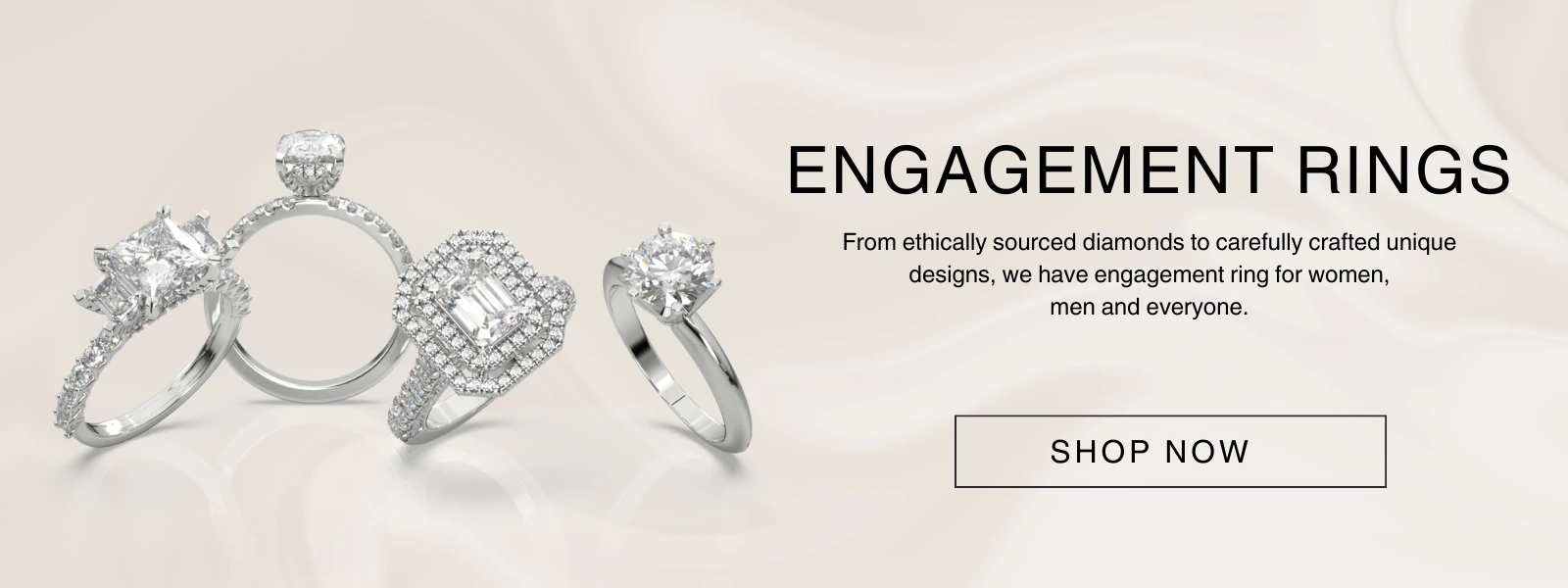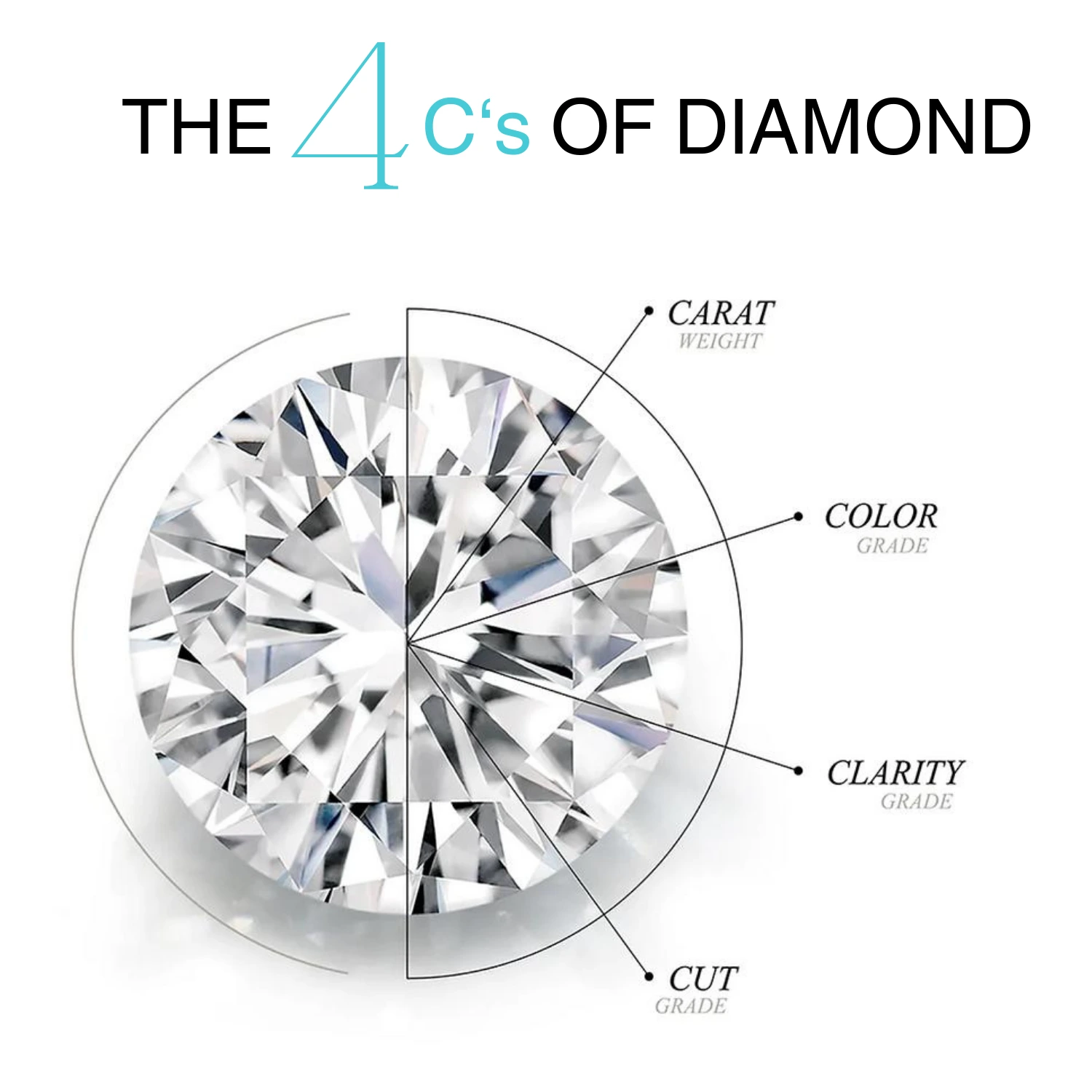
What Is Diamond Shape?
Diamond shape refers to the external geometric appearance of a diamond. Learn about the variety of fancy-shaped diamonds, and discover which shape suits your style preferences.
4Cs of Diamonds
Cut, Carat, Color and Clarity - are the universal language of the diamond. Understanding this language will help you understand your diamond.

Cut
Diamond Cut refers to how well diamond’s facets interact with light. Precise workmanship is required to fashion a solitaire so its proportions, symmetry and polish deliver the magnificent return of light only possible in a diamond.

Clarity
Diamond Clarity determined the overall appearance of the diamond. It’s affected by the visibility of inclusions and imperfections within a diamond. Diamonds with little to no inclusions are considered particularly rare.

Color
Diamond Color means the color or lack of color visible within a diamond, based on the GIA grade scale. ORNAZ carries only diamonds within the "colorless" and "near-colorless" range.
- D grade is absolutely colorless.
- E and F are essentially colorless. The difference between D, E, and F is so slight that only experts can see it when the diamonds are unmounted.
- K, L, and M are faintly tinted. Diamonds under 1/2 carat appear colorless when mounted. Diamonds over 1/2 carat may show a tint of color.
- Grades N through Z have a light tint, and it is visible.
Colourless Near
ColourlessFaint
YellowVery Light
YellowLight Yellow 




Carat
Diamond Carat is the unit to measure the weight of a diamond. It is often the most visually apparent factor when comparing diamonds.
Carat is a measurement of a diamond’s weight, which indicates its size. Diamonds of the same carat can appear different in size depending on their shape, and how well it’s cut. Referred to as ‘ct’, 1ct diamond equates to 0.20g.
Diamonds are extremely dense. Consequently, a diamond’s carat weight translates, essentially, into size. The more a diamond weighs, the larger it is.
Learn More About Diamonds
Other Questions?
We are here 24/7 to help with any questions you may have.
For quick answers to your questions, Please visit our Frequently Asked Questions.









